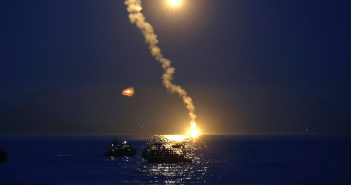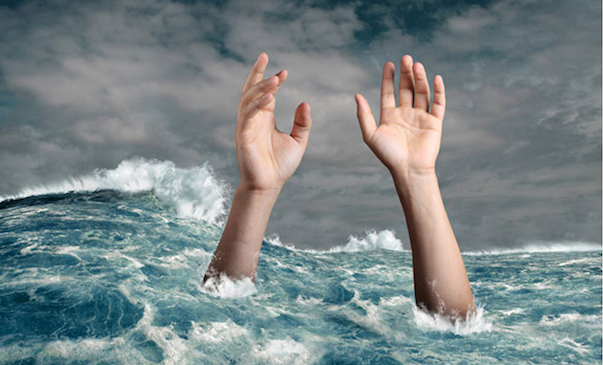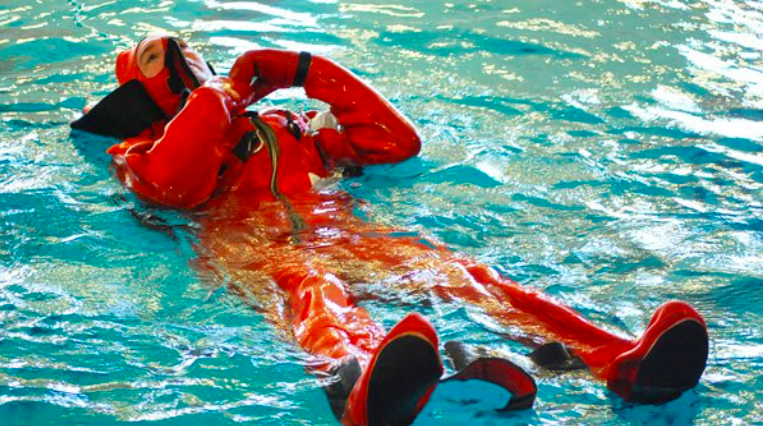
You See a Flare. Now What? First, Make a Fist – and Other Tips from the Coast Guard
You’re cruising at dusk or at night, and you suddenly see a flare shoot up in the distance. But at night distances can be confusing. How far away is it? How can you help? Here are some tips from the Coast Guard. First, try the “fist method” to figure out the position of the flare from your boat. When you call the Coast Guard, they’ll ask where you are. Then they’ll need to know where the flare is. To determine the height of the flare from the water, hold your arm out straight and make a fist. Hold the bottom…


